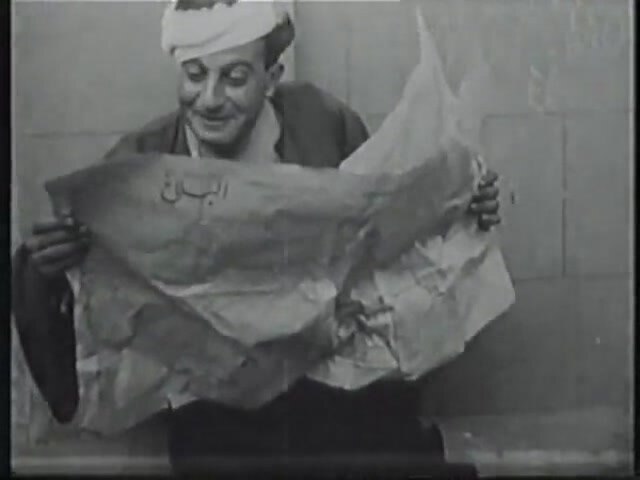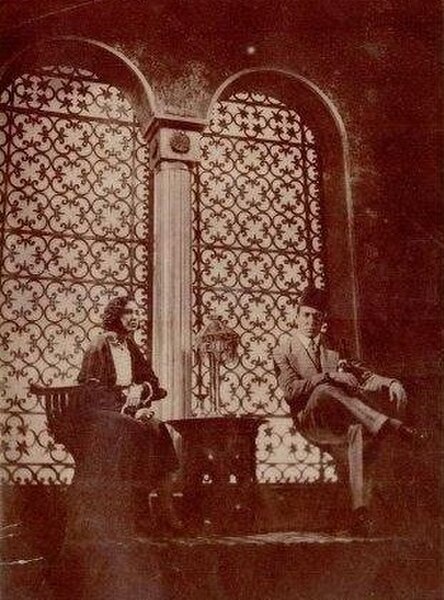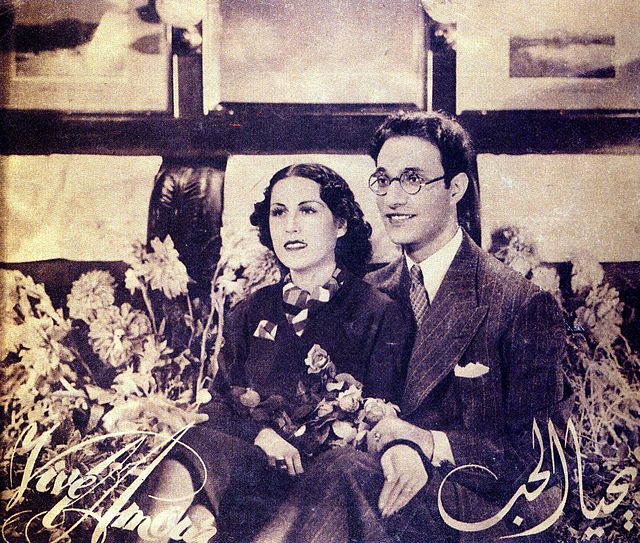Cinema of Africa covers both the history and present of the making or screening of films on the African continent, and also refers to the persons involved in this form of audiovisual culture. It dates back to the early 20th century, when film reels were the primary cinematic technology in use. During the colonial era, African life was shown only by the work of white, colonial, Western filmmakers, who depicted Africans in a negative fashion, as exotic "others". As there are more than 50 countries with audiovisual traditions, there is no one single 'African cinema'. Both historically and culturally, there are major regional differences between North African and sub-Saharan cinemas, and between the cinemas of different countries.
Cinematic street poster in Tunis, Tunisia for the Egyptian film Saladin the Victorious (1963, Arabic: الناصر صلاح الدين, Al Nasser Salah Ad-Din) directed by Youssef Chahine starring Ahmed Mazhar as Saladin, Salah Zulfikar, Nadia Lutfi and others.
Egyptian filmmaker and actress Bahiga Hafez, (1908-1983) in 1930s.
A US poster for the movie The African Queen (1952) directed by John Huston starring Humphrey Bogart and Katharine Hepburn.
Senegalese film director, producer and write Ousmane Sembène (1923-2007) in Berlin, 1987.
The Egyptian film industry is today based mainly in Cairo, which is sometimes referred to as Hollywood on the Nile or Hollywood of the East, despite having its beginnings in the city of Alexandria in the early 20th century. A strong industry grew in Egypt with a high distribution rate among the Arab world, and Cairo produces around three-quarters of the Arab world's screen output. It has had a large effect on the African and Arab film industry since the early 20th century.
Bishara Wakim in Barsoum Looking for a Job (1923)
Aziza Amir in Laila (1927)
Publicity still for Sons of Aristocrats (1932), first Egyptian sound film
Publicity still for Yahya el hub (1938)








